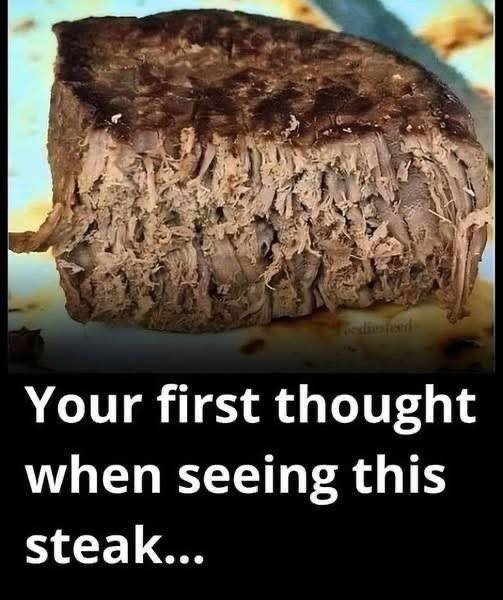ADVERTISEMENT
Choosing the Right Cut of Steak
The journey to a perfect steak begins with selecting the right cut of meat. Different cuts offer varying flavors, textures, and levels of tenderness. Among the most popular are ribeye, known for its rich marbling and intense flavor, and filet mignon, prized for its tenderness. Sirloin and T-bone steaks also have their unique attributes that make them favorites among steak lovers. Understanding the characteristics of each cut can help you make an informed decision based on your taste preferences and cooking methods.
Understanding Marbling and Grade
Marbling refers to the streaks of fat interspersed within the muscle tissue of the meat. This fat melts during cooking, imparting a luscious flavor and keeping the steak moist. The USDA grading system, which includes Prime, Choice, and Select, indicates the quality of the beef based on marbling and age. Prime cuts, with the highest marbling, are often the top choice for those seeking the ultimate steak experience.
Mastering the Art of Cooking
Cooking a steak to perfection is both an art and a science. The method you choose—whether grilling, pan-searing, or broiling—can significantly impact the final result. Achieving the desired doneness, from rare to well-done, requires careful attention to temperature and timing.
The Importance of Temperature
The internal temperature of the steak is crucial in determining its doneness. For a rare steak, aim for an internal temperature of 125°F, while medium-rare should be around 135°F. Medium steaks are best at 145°F, and well-done steaks reach 160°F. Using a meat thermometer ensures accuracy and helps avoid overcooking.
Resting and Serving
Once cooked, allow the steak to rest for a few minutes before serving. Resting helps the juices redistribute throughout the meat, enhancing its flavor and tenderness. Cutting into a steak too soon can result in a loss of these precious juices, diminishing the overall experience.
ADVERTISEMENT


